SUMMARY
This is AI generated summarization, which may have errors. For context, always refer to the full article.

ILIGAN CITY, Philippines – Lanao del Sur lawmakers sounded alarm bells over the rate of evacuations in the country due to man-made and natural causes, saying the number of cases of internal displacement reached more than 5.6 million in 2021 alone.
Lanao del Sur 1st District Representative Ziaur-Rahman Adiong and Lanao del Sur 2nd District Representative Yasser Balindong called on the government to take steps in reducing the risks of displacements, and to help the victims who were forced to flee their homes.
Of the more than 5.6 million cases documented in 2021 by the Internal Displacement Monitoring Center, some 140,000 families remained displaced by year-end, the congressmen noted.
Adiong said on Wednesday, August 3, that more than 100,000 cases of internal displacement were due to conflict and violence. Of that number, some 20,000 people remained displaced as of December 2021.
Adiong and Balindong come from an area in Mindanao with the most number of internally displaced families as a result of the 2017 Marawi Siege that destroyed communities in the predominantly Muslim city and turned them into virtual ghost towns.
In a May 2020 report, the United Nations High Commissioner for Refugees (UNHCR), counted some 120,000 people living in permanent and temporary shelters outside Marawi City.
The government’s Task Force Bangon Marawi (TBFM) said it registered 49,785 displaced families from 96 Marawi villages as of April 2022.
The congressmen, however, said that the data they culled showed that there were about 85,335 people or roughly 17,000 families from Marawi still displaced after five years.

Mindanao alone, according to Adiong, saw more than 800,000 households displaced due to various reasons in the last two decades.
“Their experiences are made more difficult by poverty and a host of calamities across the island,” he said. “We cannot ignore the reality these numbers represent, especially when one person displaced is one person too many.”
Adiong and Balindong on Wednesday, August 3, filed a House bill that seeks to oblige the government to support the internally displaced, and help them return and rebuild their communities, integrate into local communities that have received them, or resettle in other areas where they can be safe and secure.
Aside from conflict and violence, the lawmakers noted that the country is geographically disadvantaged because it sits along East Asia’s typhoon belt and the Pacific Ring of Fire, making it at the receiving end of the effects of climate change.
The earthquake in Abra on July 27 alone, noted Adiong, forced at least 45,000 people to flee their homes and camp out in open spaces or seek refuge in the homes of their relatives and friends.
As of Wednesday, he said, there were more than 3,000 people in 38 evacuation centers after the earthquake.

The congressmen called on Congress to pass a law that would entitle every internally displaced person to a maximum P10,000- reparation from the Department of Social Welfare and Development (DSWD), and help the victim with his return, integration, or resettlement elsewhere.
Their proposed measure also seeks to entitle the internally displaced to mandatory non-monetary reparation services from the DSWD, Department of Health, Department of Education, Commission on Higher Education, and Technical Education and Skills Development Authority, among other agencies, in collaboration with the Commission on Human Rights.
Marawi civic leader Samira Gutoc, who chairs advocacy rights group Ako Bakwit, said the internally displaced should be entitled to more, as she noted that the cost of monthly housing, education, and health care alone would require over P10,000 each.
Gutoc said those displaced as a result of the 2017 fighting in Marawi alone lost more than their money and homes.
“They lost valuable documents, their identification, their genealogy. Many of them lost their identities. These are things money can’t buy,” Gutoc told Rappler. – Rappler.com
Add a comment
How does this make you feel?





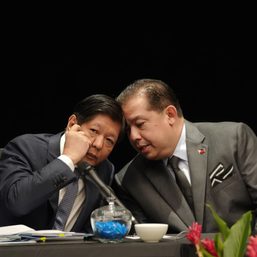





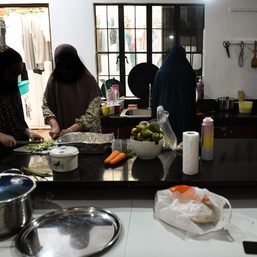
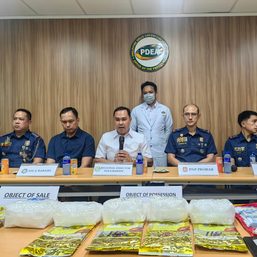
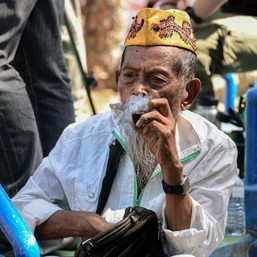

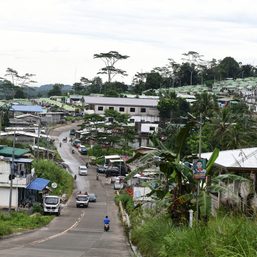
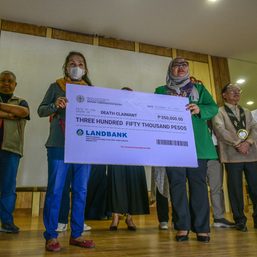
There are no comments yet. Add your comment to start the conversation.